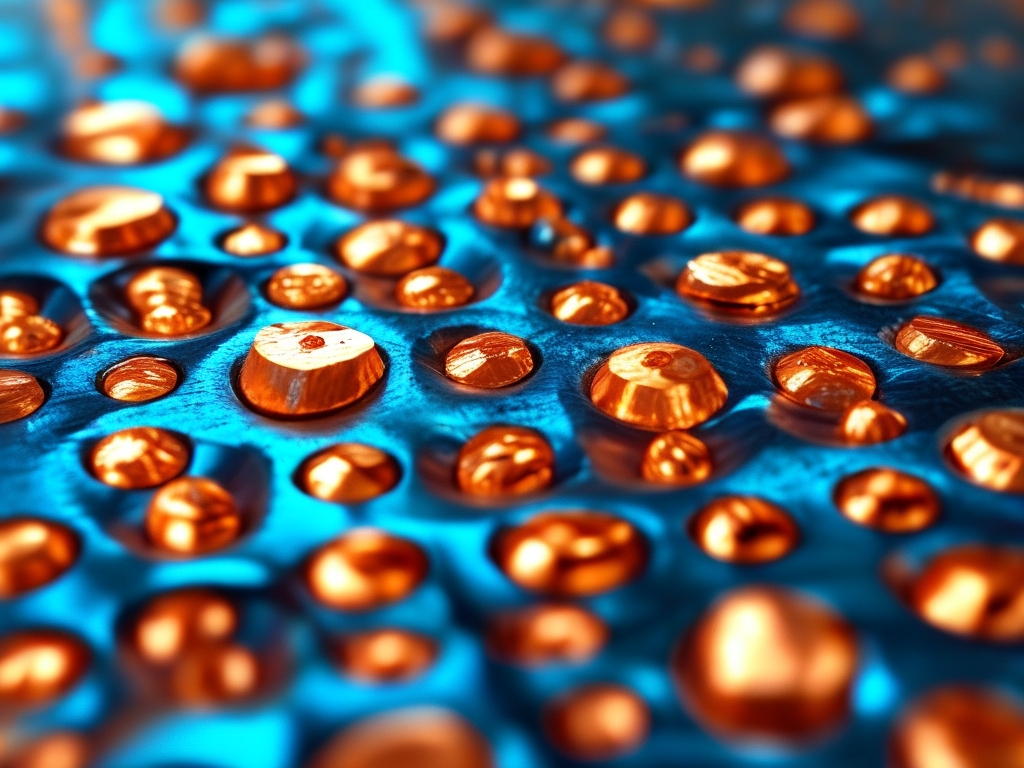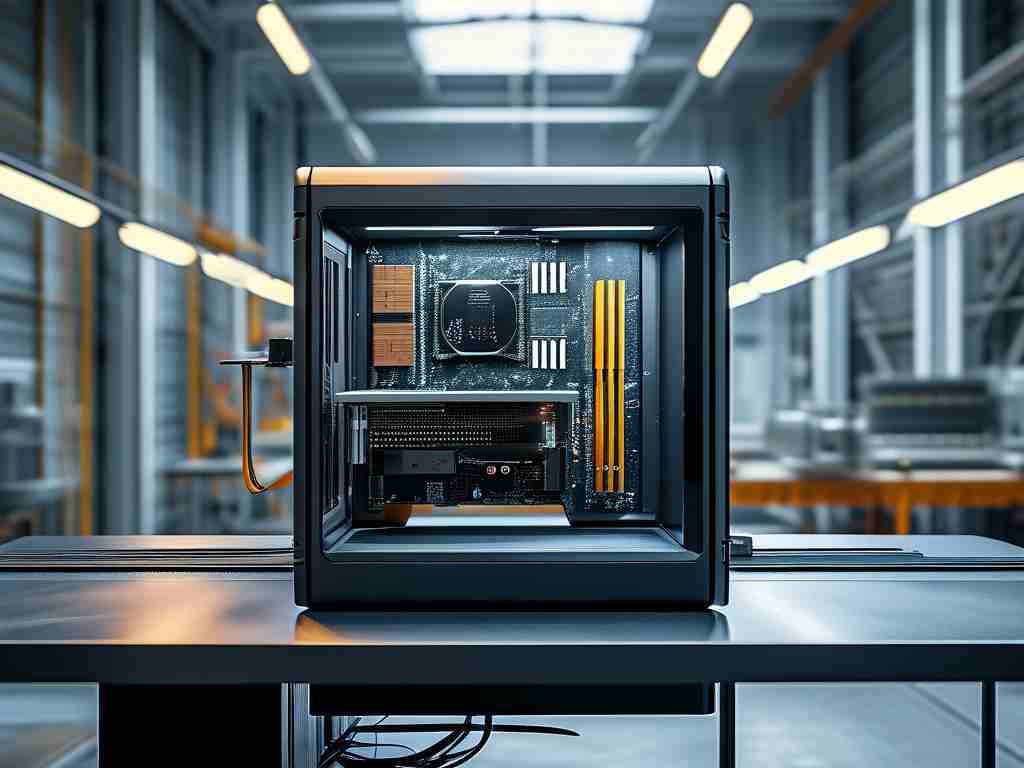In the rapidly evolving landscape of advanced manufacturing, the intersection of artificial intelligence (AI) and material science has unlocked unprecedented possibilities. One such innovation is the application of neural networks to optimize the production and quality control of copper foil-a critical component in electronics, batteries, and renewable energy systems. This article explores how neural networks are transforming copper foil manufacturing, addressing historical challenges, and paving the way for a more efficient and sustainable future.

The Role of Copper Foil in Modern Technology
Copper foil, a thin sheet of copper typically ranging from 0.005 mm to 0.1 mm in thickness, is indispensable in industries such as printed circuit boards (PCBs), lithium-ion batteries, and solar panels. Its high electrical conductivity, thermal resistance, and malleability make it ideal for transmitting signals and storing energy. However, producing defect-free copper foil at scale has long been a challenge. Traditional manufacturing processes involve electrolytic deposition, rolling, and annealing-each step prone to microscopic imperfections like pinholes, uneven thickness, or surface contaminants. Even minor flaws can compromise the performance of end products, leading to costly recalls or failures in critical applications like electric vehicles or aerospace systems.
Neural Networks: A Game-Changer for Quality Control
Neural networks, a subset of machine learning inspired by the human brain's structure, excel at identifying patterns in complex datasets. In copper foil production, these algorithms analyze real-time data from sensors, cameras, and spectrometers to detect anomalies that human inspectors or conventional software might miss. For example, convolutional neural networks (CNNs) process high-resolution images of foil surfaces to classify defects with over 99% accuracy. By training on thousands of labeled images-normal vs. defective-the system learns to distinguish between harmless variations and critical flaws, such as cracks or impurities.
A case study from a leading copper foil manufacturer in Japan demonstrates this impact. After integrating a neural network-based inspection system, the company reduced defect rates by 40% and increased production speed by 25%. The AI system not only identified defects but also provided root-cause analysis by correlating anomalies with process parameters like temperature, voltage, or chemical concentrations. This feedback loop enabled engineers to adjust production variables dynamically, minimizing waste and downtime.
Optimizing Manufacturing Processes with Predictive Analytics
Beyond quality control, neural networks are revolutionizing how copper foil is produced. The electrolytic deposition process, which involves dissolving copper in acid and electroplating it onto rotating drums, requires precise control of chemical composition, current density, and temperature. Even slight deviations can lead to suboptimal foil properties. Here, recurrent neural networks (RNNs) and long short-term memory (LSTM) models analyze time-series data from sensors to predict outcomes and recommend adjustments.
For instance, a neural network trained on historical production data can forecast the optimal current density needed to achieve a specific foil thickness, accounting for variables like electrolyte purity or ambient humidity. In one implementation by a German industrial AI firm, such a system reduced energy consumption by 18% while maintaining consistent product quality. Additionally, reinforcement learning algorithms are being tested to autonomously control production lines, adapting to real-time fluctuations without human intervention.
Sustainability and Cost Efficiency
The environmental benefits of AI-driven copper foil manufacturing cannot be overstated. Traditional methods consume significant energy and generate hazardous waste, including acidic effluents and copper sludge. Neural networks help mitigate these issues by optimizing resource usage. For example, predictive maintenance models analyze equipment vibration and temperature data to forecast machinery failures before they occur, reducing unplanned shutdowns and material waste. Furthermore, AI-driven recycling systems are being developed to recover copper from scrap foil with 95% efficiency, minimizing reliance on mining.
From a financial perspective, adopting neural networks translates to substantial cost savings. A 2023 report by McKinsey estimated that AI integration in metal manufacturing could reduce operational costs by up to 30% by 2030. For copper foil producers, this means staying competitive in markets increasingly dominated by renewable energy and electric vehicles, where demand for high-quality foil is projected to grow by 12% annually.
Challenges and Future Directions
Despite its promise, deploying neural networks in copper foil manufacturing faces hurdles. High upfront costs for AI infrastructure, data acquisition, and workforce training deter smaller manufacturers. Data privacy and interoperability between legacy systems and AI platforms also pose challenges. Moreover, neural networks require vast amounts of labeled data, which can be time-consuming to gather in niche industrial settings.
Looking ahead, advancements in federated learning-where models are trained across decentralized data sources-could address data scarcity while preserving confidentiality. Hybrid models combining neural networks with physics-based simulations may further enhance accuracy, especially for rare defect types. Collaborations between AI startups, material scientists, and manufacturers will be crucial to scale these technologies globally.
The fusion of neural networks and copper foil manufacturing exemplifies how AI is reshaping traditional industries. By enhancing quality control, optimizing processes, and promoting sustainability, this synergy addresses both technical and environmental challenges. As algorithms grow more sophisticated and accessible, even small and medium-sized enterprises will harness AI to produce higher-quality materials at lower costs. In the race to build a greener, more connected world, neural networks are not just tools-they are indispensable allies.


